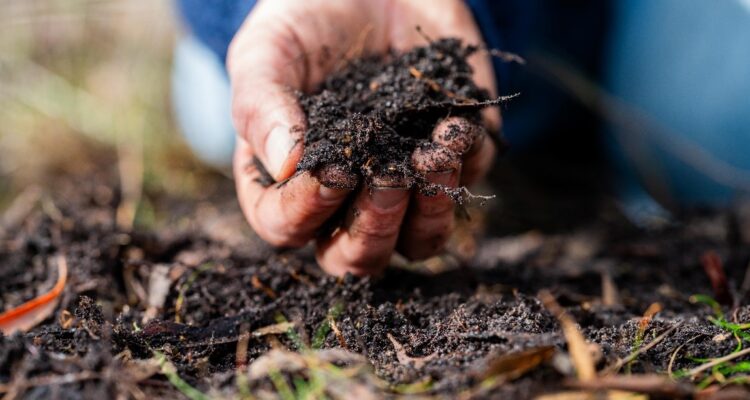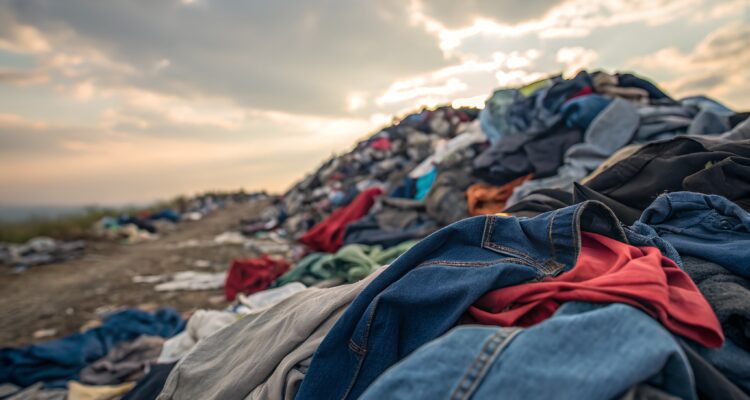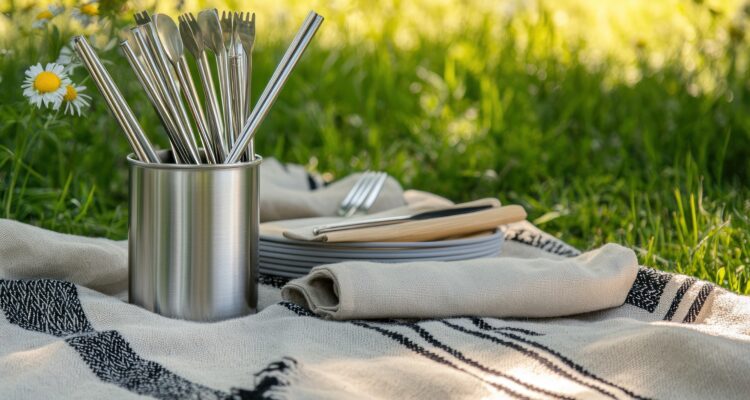Regenerative farming is way to grow crops that focuses on restoring the health of the land, soil, and ecosystems[1].
The primary goal of regenerative farming is to create a sustainable and resilient agricultural system that benefits the environment, farmers, and society as a whole.
Why has regenerative farming become popular again?
The three F’s: fertiliser, feed and fuel have all gone up since 2020. This and record temperatures and varying rain have made farmers want to increase their farms resilience.
Research shows that switching to regenerative agriculture will result in a net reduction of 66% to 77% of greenhouse gas emissions in the UK.[2] So, exactly what is regenerative farming?
What are the 5 key principles of regenerative farming?
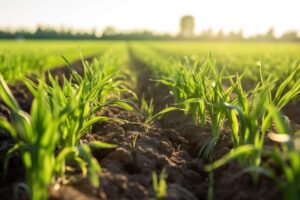
-
Minimise soil disturbance
The focus of regenerative farming is usually the quality of the soil, and for good reason. In 2017, a report stated that a third of the planet’s soil has been severely degraded through erosion, compaction and chemical pollution to name just a few reasons.
Some of the key techniques being used in regenerative farming to help with this are:
- No-till systems – tilling is when the soil is turned over to aerate and mix it. This can be done by hand or a machine with bigger fields. However, it can cause a huge amount of soil erosion and run off. No-till farming means far less soil erosion.
- Increasing biodiversity – this means planting different crops and grazing different livestock. See more in point 2.
- Use cover crops – these crops are grown when the main commercial crop has been harvested. See more in point 4.
-
Maximise animal and plant biodiversity
Biodiversity means having many different plants and animals in one place. This is good because it lets nature do jobs instead of machines or chemicals. For example, planting crops that attract insects to pollinate flowers and eat other harmful insects.
In regular farming, plants and animals are kept apart. But in regenerative farming, they all help each other in a big circle. Animals eat the cover crops and then their waste helps fertilise the soil. E.g. Chickens eat harmful insects and weeds and fertilise the land. [3]
-
Use minimal chemical inputs
Synthetic chemicals used in farming can damage the soil fertility, reduce biodiversity, and increase CO2. Regenerative farming seeks to reduce or eliminate the use of synthetic chemicals, including pesticides and man-made fertilizers.[4]
-
Keep the soil covered with crops as long as possible
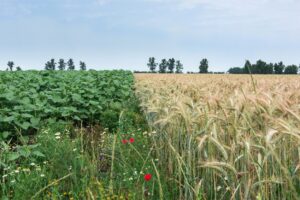
While commercial crops have a value, cover crops are grown for their effect on soil fertility or as livestock food. Cover crops are planted because they: [5]
- Protect the soil when it doesn’t have a commercial crop.
- Recycle nutrients and add nutrients themselves.
- Provide “biological tillage”; the roots of cover crops can force themselves into the hard or compacted soil and let water reach these parts, making the soil more beneficial for future planting.
-
Adapt to the local environment
A farm location will have a certain soil type and weather conditions. With practice and continuous improvement about what drops and animals work best, smaller farms should realise their full potential.
Some regenerative farmers also want to get stronger links with local workers once machines are given the back seat. Regenerative farming gives smaller local farms a chance to boost their local economy. It gives locals the chance to buy organic, sustainable food that can improve the environment instead of damaging it.
How do I make my gardening regenerative?
If you want to incorporate regenerative farming into your life, Bite Size Gardening has a great guide on how to apply these practices to your allotment or garden!
If you want to learn more about the environment, check out our blog: ‘Is petrol or diesel better for the environment?’
Did you know? We plant a tree for every policy sold, so you can do your bit to help the eco system while you insure your car.
Get a quote today!
[1] BBC Radio 4 – Could I Regenerate My Farm to Save the Planet?
[2] https://magazines.rijksoverheid.nl/lnv/agrospecials/2023/01/united-kingdom
[3] The importance of biodiversity and wildlife on farmland | Farming Connect (gov.wales)
[4] Are these the questions we should ask when buying food? – BBC Food
[5] Soil organic cover | Conservation Agriculture | Food and Agriculture Organization of the United Nations (fao.org)
